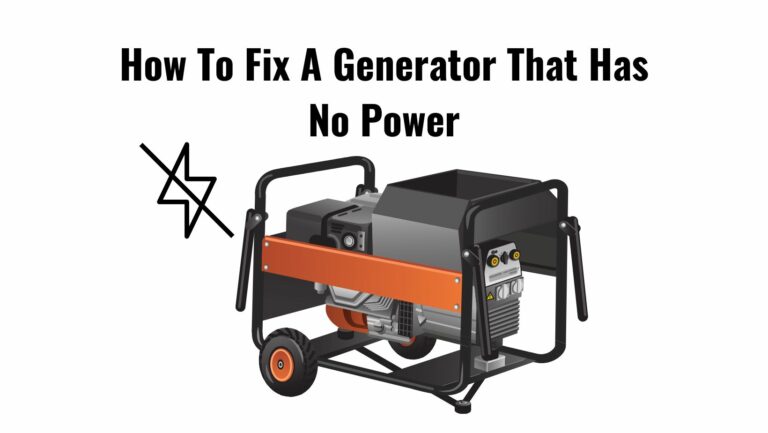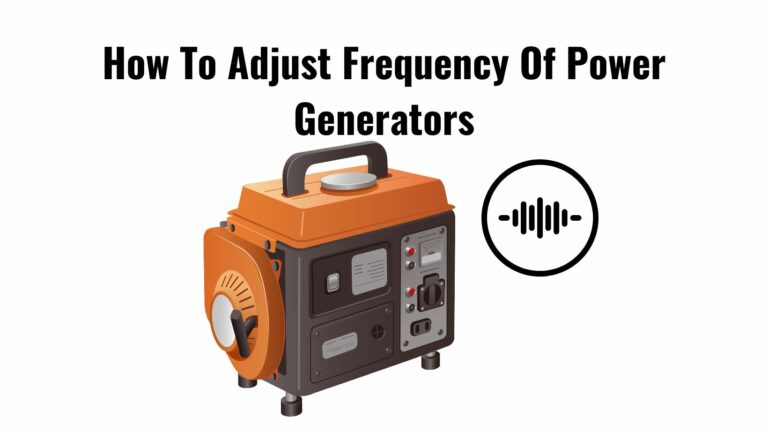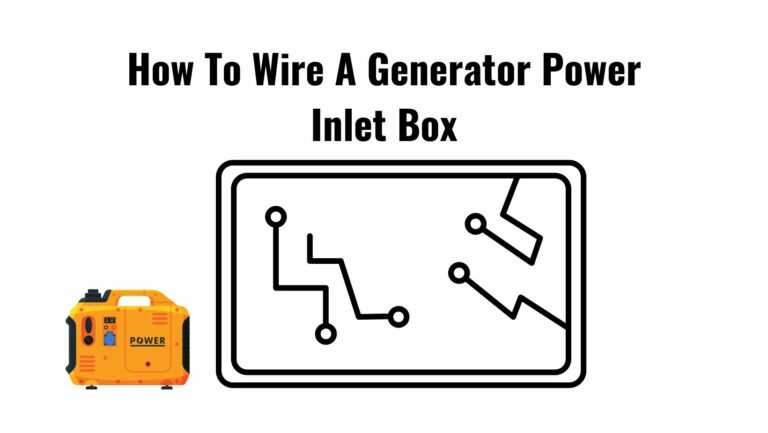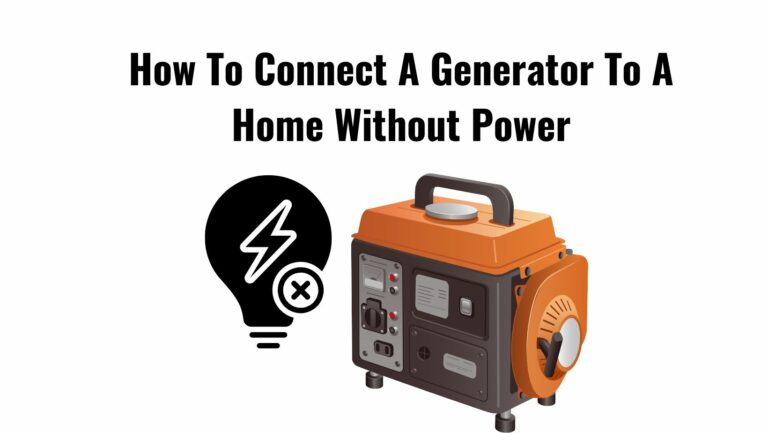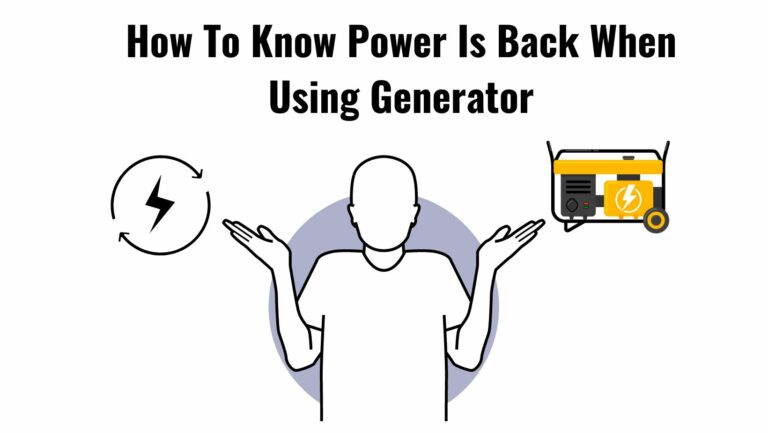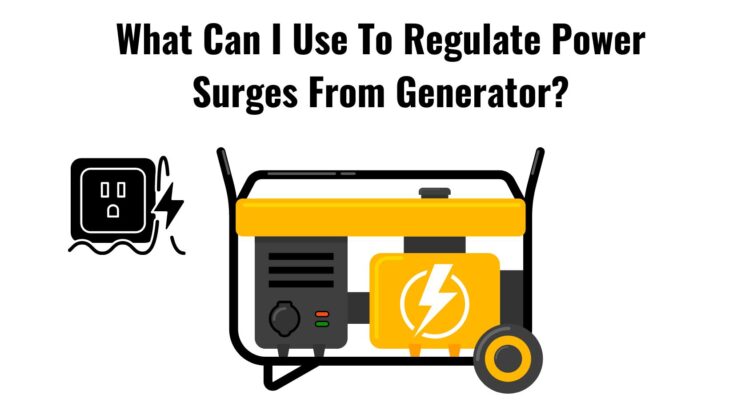
If you’re using a generator as a power source, you may have experienced power surges at some point. Power surges are sudden increases in voltage that can damage connected devices and electronics. That’s why regulating power surges is crucial to ensure your equipment and devices are protected. In this article, we’ll take a closer look at what causes power surges from generators, why regulating them is important, and the different tools you can use to regulate power surges. Let’s dive in!
Types of Power Surges
There are two main types of power surges: transient voltage spikes and sustained voltage overvoltage.
Transient voltage spikes are quick bursts of high voltage that last for only a few microseconds. These surges can occur due to a variety of reasons such as lightning strikes, power outages, or turning on large electrical devices. These spikes can cause damage to your devices, particularly if they’re connected to a generator that is not equipped to handle these sudden spikes in voltage.
Sustained voltage overvoltage, on the other hand, is when the voltage stays at a higher level for a longer period of time, typically several minutes or more. This can be caused by problems with the generator or issues with the power grid. Sustained overvoltage can lead to overheating of your equipment and even fire hazards if left unchecked.
Understanding these two types of power surges is important because it helps you determine the right tools to use to regulate the power surges from your generator. That way, you can keep your equipment and devices safe from damage caused by power surges.
Different Tools You Can Use to Regulate Power Surges
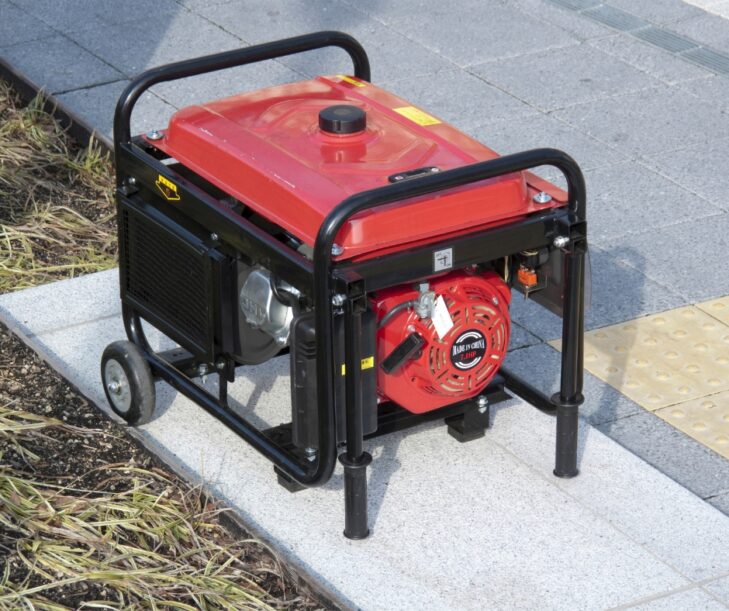
1. Voltage Regulators
Voltage regulators are devices that are used to maintain a constant voltage level, regardless of any fluctuations in the incoming voltage. They’re commonly used to regulate the power surges from generators to prevent damage to connected devices. Let’s take a closer look at the different types of voltage regulators and how they work.
Mechanical voltage regulators are the oldest type of voltage regulators and work by using a mechanical mechanism to control the voltage. They’re simple in design and consist of a coil, a diaphragm, and a spring. When the voltage fluctuates, the diaphragm moves in response to the changing voltage, which adjusts the coil, and the spring helps keep the voltage level stable.
Solid-state voltage regulators are a more modern type of voltage regulator that use electronic components to regulate the voltage. They’re more reliable and efficient than mechanical voltage regulators and are commonly used in a wide range of applications.
Digital voltage regulators are the latest type of voltage regulators that use microprocessors and digital technology to regulate the voltage. They offer high accuracy, fast response times, and the ability to store data. They’re also easier to program and adjust compared to mechanical and solid-state voltage regulators.
2. Surge Protectors
Surge protectors are devices that are used to protect your electronics and equipment from power surges. They work by diverting the excess voltage caused by power surges to a safe path, typically to ground. This helps to prevent the excess voltage from reaching your equipment, thus protecting it from damage. Let’s take a closer look at the different types of surge protectors.
Stand-alone surge protectors are standalone devices that are specifically designed to protect a single device or a small number of devices. They’re often used for large or expensive devices such as computers, televisions, or home theaters. Stand-alone surge protectors typically have a limited number of outlets and are best suited for smaller setups.
Built-in surge protection is a type of surge protection that is built directly into the electrical device. This type of surge protection is often found in high-end electronics, such as high-end televisions or audio equipment. Built-in surge protection is a convenient way to protect your equipment without having to use an external device.
Power strip surge protectors are similar to stand-alone surge protectors, but they offer multiple outlets in a single unit. This makes them ideal for protecting multiple devices with a single surge protector. Power strip surge protectors are a cost-effective way to protect your devices, particularly if you have multiple devices that need to be protected.
Combined Use of Voltage Regulators and Surge Protectors
Using both voltage regulators and surge protectors is often recommended as it provides a comprehensive solution to protect your equipment from both power surges and fluctuations in the incoming voltage. Here’s why combining the two is such a good idea:
Voltage regulators are designed to maintain a constant voltage level, while surge protectors are designed to protect your equipment from excess voltage caused by power surges. By using both, you can ensure that your equipment is protected from both voltage fluctuations and power surges.
The advantages of combining voltage regulators and surge protectors are clear. By using both, you can keep your equipment safe from damage caused by power surges and fluctuations in the incoming voltage. Additionally, by using both, you can extend the life of your equipment, as it will be less likely to suffer from damage caused by power surges or voltage fluctuations.
Considerations When Selecting a Voltage Regulator or Surge Protector
When selecting a voltage regulator or surge protector, there are several important considerations to keep in mind. Here’s a closer look at each one:
1. Compatibility with generator and connected devices
It’s essential to ensure that the voltage regulator or surge protector you choose is compatible with your generator and all of the devices that you want to protect. Check the voltage and amperage ratings of your generator and devices to ensure that they match the ratings of the voltage regulator or surge protector you choose.
2. Protection rating
The protection rating of a voltage regulator or surge protector indicates the level of protection that it provides. Look for a voltage regulator or surge protector with a high protection rating, as this will provide the best protection for your equipment.
3. Installation requirements
Some voltage regulators and surge protectors may require professional installation, while others can be installed by the user. Consider the installation requirements when choosing a voltage regulator or surge protector to ensure that you’re able to install it correctly.
4. Price and budget considerations
Voltage regulators and surge protectors are available at different price points, so it’s important to consider your budget when making your selection. Keep in mind that a more expensive voltage regulator or surge protector may provide better protection, so it may be worth spending a little more to ensure that your equipment is protected.
Conclusion
In conclusion, power surges from generators can be harmful to your equipment, which is why it’s important to regulate them. By understanding the different types of power surges, such as transient voltage spikes and sustained voltage overvoltage, you can take steps to protect your equipment.
Voltage regulators and surge protectors are two effective solutions for regulating power surges from generators. Voltage regulators work by maintaining a constant voltage level, while surge protectors protect your equipment from excess voltage caused by power surges. When selecting a voltage regulator or surge protector, it’s important to consider factors such as compatibility with your generator and connected devices, protection rating, installation requirements, and price.

